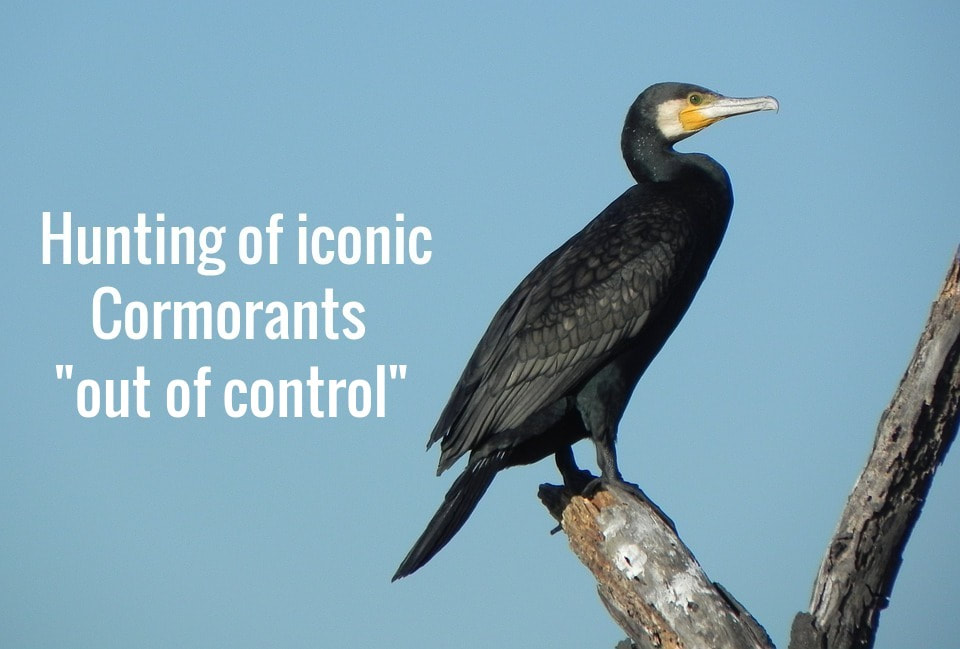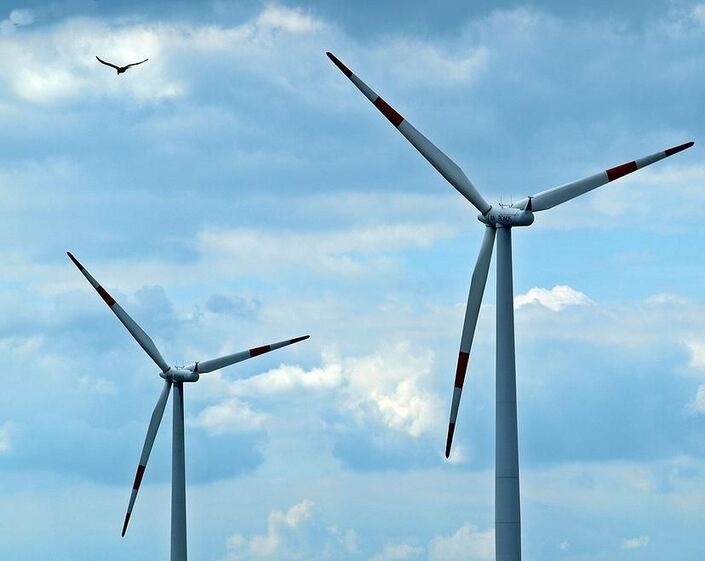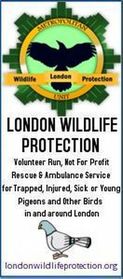|
* Licences issued to cull more than 11,000 Cormorants in past 5 years
* Suggestions that illegal culling may be taking place * Many more birds may have been shot than licences allow * Natural England: "we are reliant on honest declarations" "None of the people I have ever encountered who had licences to shoot Cormorants could count..." (quote from online 'country sports' forum) Natural England has admitted that their Cormorant culling licences rely on the honesty and integrity of applicants - but there are suggestions that some of those employed to shoot the birds might be killing many more than their legal limit. A number of readers have asked me to look at the licences that Natural England approves annually, enabling the culling of Cormorants, so I did some research and discussed the matter with Natural England's head of wildlife licensing. It's a worrying situation and I believe there are signs that the licences may have been misused. I've discovered that some of the people entrusted with shooting Cormorants may be doing so unlawfully, outside of the strict stipulations of Natural England's licences, including an example of a licence holder who was officially permitted to kill 5 Cormorants but allegedly ended up culling 100 birds before they 'sank out of sight'. Unsustainable Killing? Generally these licences are issued to angling clubs and inland fisheries who say that Cormorants pose a serious threat to their fish stocks. At least 11,000 Cormorants were licensed to be culled during the past five years, in England alone. I believe that this level of killing could adversely affect the sustainability of the Cormorant population (a mere 9,000 breeding pairs in the whole of the UK, swelled by around 40,000 winter migrants). It's a thorny issue for the government though, as anglers provide a lucrative income stream for Defra, who sell fishing licences at up to £82 each. With an estimated 95,000 anglers in England alone, this amounts to significant revenue. Most anglers are no doubt responsible hobbyists, many might even love Cormorants as much as the rest of us, but there remains an element for whom the birds are considered a 'pest'. Lack of monitoring - and Natural England seem concerned.... But - it is the lack of monitoring around the licences that worries me most. And, having discussed the matter with Natural England, I'm sensing that they might have their own concerns over the Cormorant culls. Indications of licence abuse On a public forum of one of the major 'country sports' websites with 48,000 users, there are open discussions about killing more than the maximum quota of Cormorants permitted under the licences. There is no attempt to hide the fact that some members of the angling and/or shooting community hold these magnificent birds in contempt and would happily despatch as many as they could, given the chance. Indeed there are reasons to believe that many more of the birds are indeed shot each year than the legally permitted number, potentially leaving the Cormorants vulnerable to unregulated hunting. One contributor to the forum said, "None of the people I have ever encountered who had licences to shoot Cormorants could count..." Another wrote glibly "I don't know any anglers who would give you grief for shooting a few extra 'black death'..." And another, "if I were asked to carry out such work,I would go really early and shoot as many as I could..." Worryingly, a novice Cormorant killer wrote and asked for advice on how best to shoot the birds. He or she had been added to a licence issued by Natural England, had no experience at all, yet was entrusted with killing these magnificent birds. There's something very wrong here. Cormorant culling cannot be adequately monitored. And if we cannot trust those with licences to act responsibly then who knows how many birds are actually being shot? The situation is alarming and needs urgent attention. The questions I put to Natural England So I asked Natural England to shed some light on what processes they have in place to monitor the system. Though they are very willing to discuss the matter with me, I found their response somewhat unsettling, as they are clearly unable to monitor the large number of licences that they issue. Indeed they have asked me and my readers for suggestions as to how they can improve the system for issuing and monitoring Cormorant cull licences. Which I think illustrates that they themselves don't know how to adequately control it. Natural England 'reliant on honest declarations' Describing the application process, Natural England told me that they require applicants to declare any convictions for wildlife crimes by ticking a box and providing details, but they freely admit that they are "reliant on the honest declarations from licence applicants." They told me that they would be keen to hear from me, or my readers, if there is any different information we think they should capture as part of the application or renewal process and added "We could consider this as part of our reform/improvement work." Natural England offer to discuss proposals While I strongly emphasise that I remain entirely against any culling of Cormorants, I doubt that Natural England are anywhere near that point, and so I have suggested to them that the numbers of cormorants culled at least needs to be reduced significantly, as a matter of urgency. With that in mind, I also indicated that Natural England needs to have a verified list of persons in different parts of the country who they could employ, where they deemed necessary, to carry out any shooting permitted by the licences, rather than allow the licence holders themselves the freedom to add people to the licence (perhaps enabling those with limited or no qualifications to carry out the culling). I'm pleased to report that Natural England have told me that both of these points will be discussed with their improvements team. I hope the changes will be implemented going forward. Collaboration with Angling Trust Natural England's Head of Wildlife Licensing Service told me "I concede NE [Natural England] is exposed to the honesty and integrity of applicants for the cormorant licence....we also collaborate with the Angling Trust to ensure that their members are aware of their duties and, in particular, non-lethal measures are used fully (even if they have a licence to shoot)." He added "It is not possible for NE to be everywhere at every moment on every licence. That’s true of all our licensing work. Therefore, I would be very keen to hear your views on how NE might access data intelligence to monitor cormorant licensing better. Intelligence and information from members of the public etc is critical in helping NE with its compliance/enforcement activity." Natural England reiterated that they would be happy to hear our recommendations for improvements to the system. If implemented, they said "we could do this in collaboration with the Angling Trust to aid their smooth introduction." It's a generous offer from Natural England, although one that doesn't instill confidence in the current process as it stands. In addition to the points I've put forward already, please let me have any ideas you have too and I will pass the information on for consideration. As you know, our campaign has already been able to influence decision making at the highest level and will continue to do so. It's disheartening to realise time and again that human mentality has not changed much since the days of killing Dodos, Great Auks and Passenger Pigeons. People may protest that 'it's not the same thing' - but it is, it really is. So many animals gone forever. Callous killing to satisfy the whims of humankind must be stopped, or we will surely lose more and more species. And that is not okay. Thanks, as always for your support and encouragement. Best, Jase
55 Comments
* Shocking 99% decline in Lesser Black-backed gulls at Suffolk coastal site
* The amber-listed gull is especially vulnerable to collision with offshore wind turbines * Plans to further expand industrial wind projects in the area could prove disastrous for birds A shocking 99% decline in the population of Lesser Black-backed gulls raises serious questions over the impact of industrial wind farm development in the North Sea. Huge wind farms nearby.... The alarming reduction in the numbers of breeding birds at Suffolk's Orford Ness coastal reserve has been noticed over several years, and so is probably the result of many contributing factors - but we cannot ignore the fact that two vast areas of wind turbines lie just off the coast. Massive industrial wind turbines have been operating in the vicinity since the Greater Gabbard wind farm was completed back in 2012, joined by the Galloper wind farm's array of 56 huge turbines in 2018. With plans announced for even more industrial wind development in the area, the seas off the Suffolk coast could soon prove to be deadly for many species. "Not clear" why numbers dropped so dramatically The National Trust which manages the Orford Ness reserve told the East Anglian Daily Times that "In recent years we’ve seen [LBB Gull] numbers dwindle even further, which means we need to do more to protect them.” They said that "it's not clear why numbers dropped so dramatically", pointing out that disturbance from visitors to the site is 'almost certainly' one cause. Species especially vulnerable to turbine collisions It has been well established that Lesser Black-backed gulls are especially vulnerable to collision with wind turbines. A 2019 study by the BTO (British Trust for Ornithology) used GPS tracking to show that the species is particularly at risk from turbine blades during migration and in winter months. Key data 'ignored' in some planning assessments A recent study by the Zoological Society of London, focusing on wind farm development off the Welsh coast, pointed out the UK has some of the best seabird monitoring anywhere in the world, but lamented that "key data is being ignored during offshore windfarm planning assessments." Project to protect remaining birds........ funded by wind farm Now, as the local Orford Ness LBB gull population has dwindled to just 210 breeding pairs, a project has finally been initiated, aimed at protecting the remaining birds. Two 'gull officers' have been appointed to monitor the site and 'raise awareness' among the local community in an attempt to limit human encroachment on the gulls' territory. The cynical among us might feel uncomfortable that these 'gull officer' positions have been funded by.... the Galloper Offshore Wind Farm. It seems a little ironic that the wind industry is financing the project, rather than the National Trust which manages the site. Catastrophic threat to sea birds Raising awareness of the gulls' decline is welcome, but I fear that the project is a drop in the ocean and will do little to protect the gulls from the obvious and potentially catastrophic threat lurking offshore. With the frenzied expansion of the wind industry in Britain's seas, we must acknowledge that the tragic decline in seabirds might not be caused solely by local environmental effects - but also by direct impact, quite literally, from the huge wind turbines that continue to proliferate around our coasts. A two year bird survey programme, carried out as part of Galloper Wind Farm's marine licence obligations, will conclude in June 2022 and report to the Government's Marine Management Organisation. I don't know if the results of these surveys will be made public, but if so then it will be interesting to see how the wind farm has affected bird populations since its operations began. Meanwhile we can only hope that the Orford Ness gull project will not only raise local awareness, but also highlight the real plight of birds being decimated at sea by the expanding presence of the offshore wind industry. |
If you appreciate what I write about, please consider showing your support by buying me a virtual coffee!
Click the button below! Thanks :) Archives
July 2023
|




 RSS Feed
RSS Feed